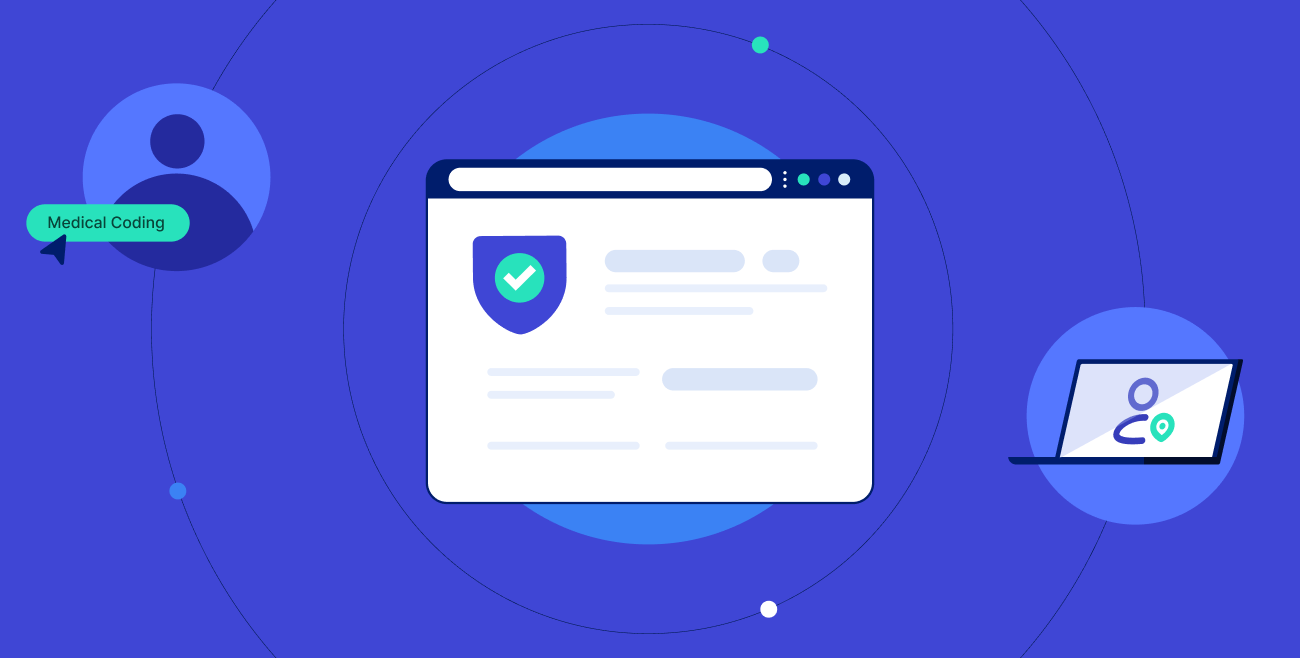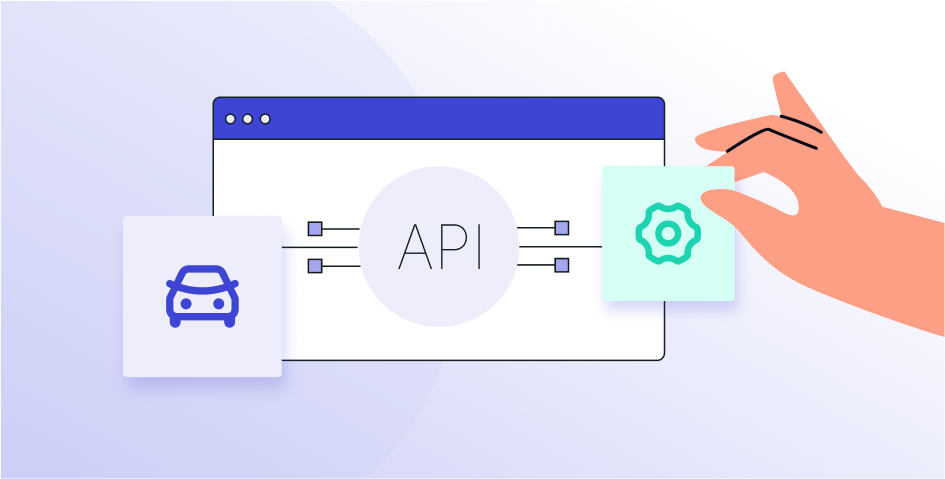
Table of Contents
For non-emergency medical transportation (NEMT) providers, mastering medical coding is essential for getting paid correctly and operating smoothly.
While necessary for your business, it can also be complex and confusing.
This article breaks down the basics of medical coding in NEMT, explains the different types of codes used, and offers tips for staying compliant and maximizing reimbursement.
What is Medical Coding?
Medical coding involves translating medical reports, including diagnoses, procedures, and equipment, into a standardized language using alphanumeric codes— a series of letters, numbers, symbols, and punctuation to encode information and characteristics.
These codes, drawn from patient records, are essential for accurately documenting patient encounters and ensuring seamless communication across healthcare systems.
Every time a healthcare service is provided, whether a routine check-up or a complex surgical procedure, it must be documented and billed.
This is where medical coding comes in.
Coders review the clinical statements and assign standard codes using systems like the International Classification of Diseases (ICD) for diagnoses and Current Procedural Terminology (CPT) for procedures and services.
These codes form the language that healthcare providers and insurers speak to understand what was done during a patient visit.
Do More with Less
Handle more trips with fewer dispatchers on your payroll with Tobi.
Request a DemoHow does medical coding differ from medical billing?
While closely related, their roles in the healthcare revenue cycle are distinct.
Medical billing involves submitting and following up on claims with health insurance companies to receive payment for services rendered by healthcare providers. It relies heavily on the accurate and appropriate codes provided by medical coding.
In simpler terms, medical coding translates the healthcare service into codes, and medical billing uses these codes to create insurance claims and bills for patients.
Which Coding Systems Are Essential for NEMT Providers?
As mentioned earlier, the two primary coding systems used across the healthcare industry are ICD and CPT.
The International Classification of Diseases (ICD)
ICD is a global system that classifies diseases and medical conditions.
Each version, including the latest ICD-11, covers a broader range of conditions, reflecting advances in health and medicine. The system’s detailed alphanumeric codes enable healthcare professionals to record patient conditions precisely.
ICD’s role extends beyond clinical settings, contributing to research, health policy planning, and resource allocation.
Current Procedural Terminology (CPT)
Managed by the American Medical Association, this coding system includes three distinct categories:
- Category I: Covers the most common procedures and services.
- Category II: Used for performance management and additional data.
- Category III: Houses codes for emerging and experimental services.
This categorization ensures that all medical services, ranging from routine care to innovative treatments, are well-documented, billed efficiently, and managed in a streamlined manner.
Distinguishing ICD from CPT in NEMT
While both coding systems are integral to the healthcare industry, they serve different purposes within the NEMT sector.
ICD codes help document the ‘why’ for a patient’s transport based on their medical condition, which is essential for insurance and compliance purposes.
CPT codes, in contrast, address the ‘what’—detailing the specific services provided during the transport.
How to Excel in Medical Coding for NEMT
You need to follow these best practices to ensure proper medical coding for NEMT:
- Be accurate: Check and recheck your codes for errors. Mistakes can lead to claim denials, payment delays, and audits. Accuracy is vital for a smooth cash flow.
- Be informed: Stay current with the latest coding updates and industry trends. You can do this by subscribing to coding newsletters, attending webinars, and taking relevant training courses.
- Be proactive: Foster a culture of continuous learning among your staff. Encourage them to update their coding skills and share best practices. This will help you adapt to the changing medical coding environment.
- Be clear: Maintain clear and detailed documentation of the services you provide. Documentation is the basis of coding. It should support the codes you assign and justify the medical necessity of the services.
- Be smart: Seek expert assistance if you need it. If you lack in-house coding expertise, you can consult with coding professionals or outsource this function to a reliable partner.
Tobi Can Simplify Coding for Your NEMT Operations
Tobi uncomplicates the most challenging aspects of NEMT services, including medical billing and coding.
It helps you verify and validate your codes, keep up with the latest coding rules and regulations, store and organize your documentation, optimize your revenue cycle, and monitor and analyze your financial performance.
Tobi is the ultimate solution for streamlining your NEMT operations. It can help you achieve higher efficiency, compliance, and profitability.
Are you curious to see how Tobi can help you run your NEMT operations more efficiently? Request a demo for a free 30-day trial and experience how Tobi makes your business better at every turn.



